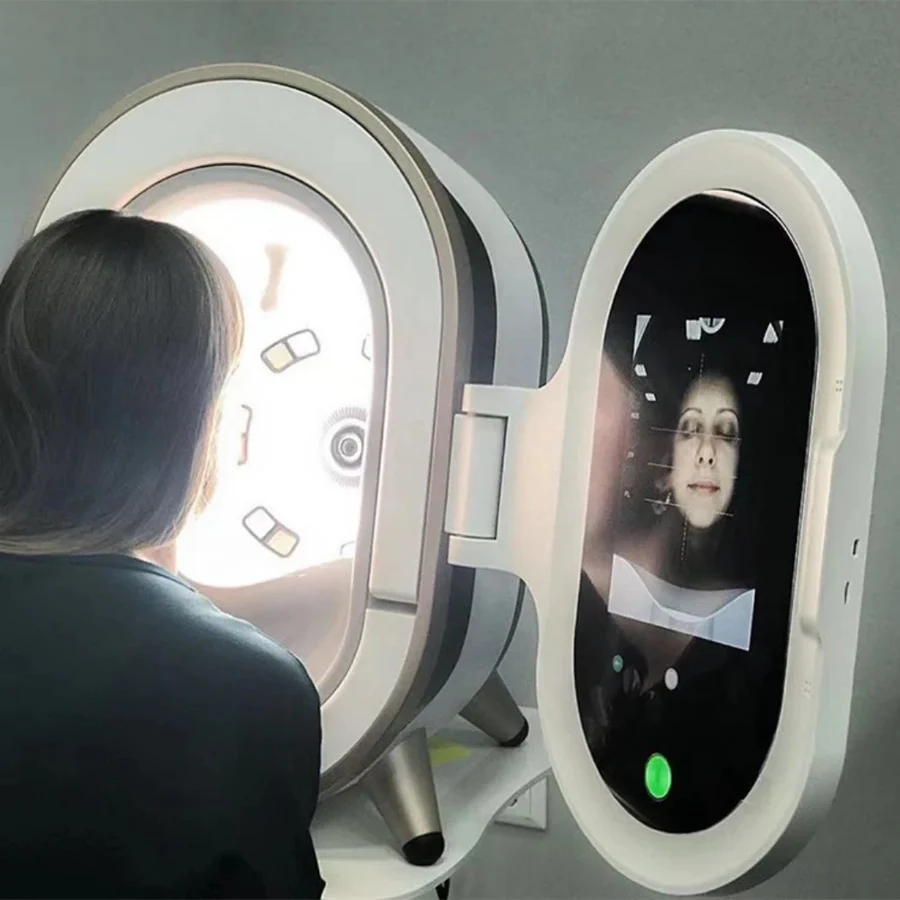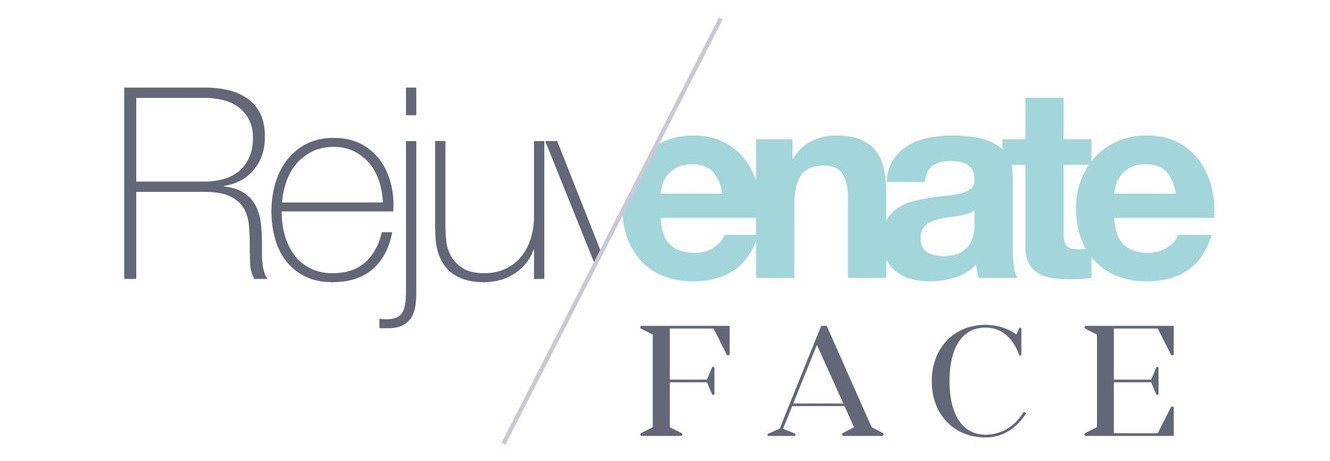Subsurface Skin Analysis
Aesthetic Clinic Nottingham | Rejuvenate Face: Skin and Face Rejuvenation Experts
While UV photography provides valuable insights into sun damage and surface imperfections, it doesn't tell the whole story.

To gain a truly comprehensive understanding of your skin's health, we employ subsurface analysis techniques that go beyond UV light. This involves specialised lighting and imaging technologies that allow us to visualise the deeper layers of your skin, revealing hidden concerns that may not be apparent to the naked eye.
Here’s how it works:
- Specialised Lighting: We use different wavelengths of light, such as cross-polarised light or specific LED wavelengths, to illuminate your skin. These light sources penetrate the skin’s surface and highlight structures and conditions beneath.
- Targeting Deeper Issues: This allows us to observe:
- Inflammation: Identify areas of redness and irritation that may indicate underlying skin conditions like acne, rosacea, or sensitivity.
- Vascular Conditions: Visualise blood vessels and assess their dilation, which can indicate conditions like telangiectasia (spider veins) or rosacea.
- Pigmentation Concerns: Detect deeper pigmentation irregularities like melasma, which often reside in the dermis (the second layer of skin), and are not always visible on the surface.
- Skin Ageing: Assess the condition of collagen and elastin fibres, giving insights into skin firmness and elasticity.
Benefits of Subsurface Analysis:
- Early Detection: Uncover hidden skin concerns before they become visible on the surface, allowing for early intervention and prevention.
- Targeted Treatments: Develop a more precise and effective treatment plan tailored to your specific skin needs.
- Personalised Skincare: Recommend the most suitable skincare products to address your unique concerns.
- Improved Outcomes: Monitor the effectiveness of treatments and track progress over time.
By combining subsurface analysis with other diagnostic tools, we can build a comprehensive picture of your skin’s health and provide you with the most appropriate and effective care.
What exactly is subsurface skin analysis and how does it differ from a visual examination?
Subsurface skin analysis takes skin assessment a step further than what the naked eye can see. While a visual examination only observes the surface, subsurface analysis uses specialised lighting techniques, like cross-polarised light and specific LED wavelengths, to penetrate beneath the skin’s surface. This reveals underlying conditions such as inflammation, hidden pigmentation, broken capillaries, and even the condition of collagen and elastin fibres. It’s like having a window into the deeper layers of your skin, providing a more comprehensive understanding of your skin’s health.
What kind of skin concerns can subsurface analysis detect?
Subsurface analysis can uncover a range of skin concerns that may not be visible on the surface, including:
- Inflammation: Redness and irritation linked to acne, rosacea, or sensitivity.
- Vascular Conditions: Dilated blood vessels, spider veins (telangiectasia), and flushing associated with rosacea.
- Pigmentation: Deeper pigmentation irregularities like melasma, often residing in the dermis.
- Sun Damage: Accumulated sun damage and the presence of pre-cancerous lesions.
- Skin Ageing: Loss of collagen and elastin, leading to wrinkles and sagging.
Early detection of these concerns allows for proactive treatment and better management of your skin’s health.
Is subsurface skin analysis suitable for all skin types?
Absolutely! Subsurface skin analysis is beneficial for all skin types and ages. Whether you have concerns about ageing, pigmentation, or acne or simply want to understand your skin better, this technology can provide valuable insights. It’s particularly useful for:
- Those with specific skin concerns: Identify the underlying causes of your skin problems and receive targeted treatment recommendations.
- Anyone interested in preventative skincare: Detect early signs of ageing or sun damage and take proactive steps to protect your skin.
- Individuals considering cosmetic treatments: Make informed treatment decisions and track their progress effectively.
How is subsurface skin analysis used to personalise skincare treatments?
The detailed information obtained from subsurface analysis allows skin care professionals to:
- Develop bespoke treatment plans: Target specific concerns with the most appropriate and effective treatments.
- Recommend suitable skincare products: Address your unique needs with products that cater to your skin’s specific conditions.
- Monitor treatment progress: Track the effectiveness of treatments over time and make adjustments as needed.
This personalised approach ensures you receive the most beneficial care for your skin, optimising results and helping you achieve your skincare goals.
